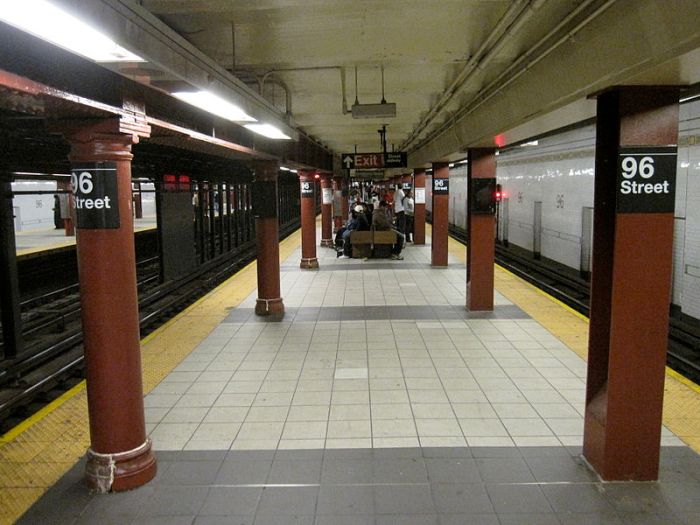Past research has shown that the more schooling someone has, the more likely they are to buy organic foods. But as statistics from the Organic Trade Association show, organic food is quickly becoming more mainstream: Sales jumped 11.3 percent while the growth for the overall food industry was just 3 percent in 2014. And now, Whole Foods is taking this data into account. Related:How to make sure your toddler is getting the right nutrition “Organic hasn’t been a niche for some time, and today it is the face of America. The demographics of the organic consumer are not any different than the demographics of America,” OTA Executive Director Laura Batcha said when the study was released last year. Unfortunately, just because more people want organic food doesn’t mean it’s readily available. A recentNew York University studyanalyzed how easy it is to find organic food in various parts of Manhattan based on 1,256 local supermarkets. You’d think by now, it would be easy to find organic food everywhere, but the results show that isn’t exactly the case.Not surprisingly, there was a direct correlation between a neighborhood’s median income and education level, and the availability of organic food. Related:Is organic food healthier? New study says no While up to 68 percent of grocery stores in parts of Midtown, Lower Manhattan, the Upper East Side and the Upper West Side carried organic food, the majority of Upper Manhattan, namely Harlem, had little access to organic food — less than 12 percent of grocers sold it. Using these new statistics a guide, Whole Foods is now targeting high-population communities, not just well-educated ones, to determine where to open up new stores. As the demand for more organic food increases across income levels, other retailers may be encouraged to follow suit. Follow Emily on Twitter:@EmLaurence


















